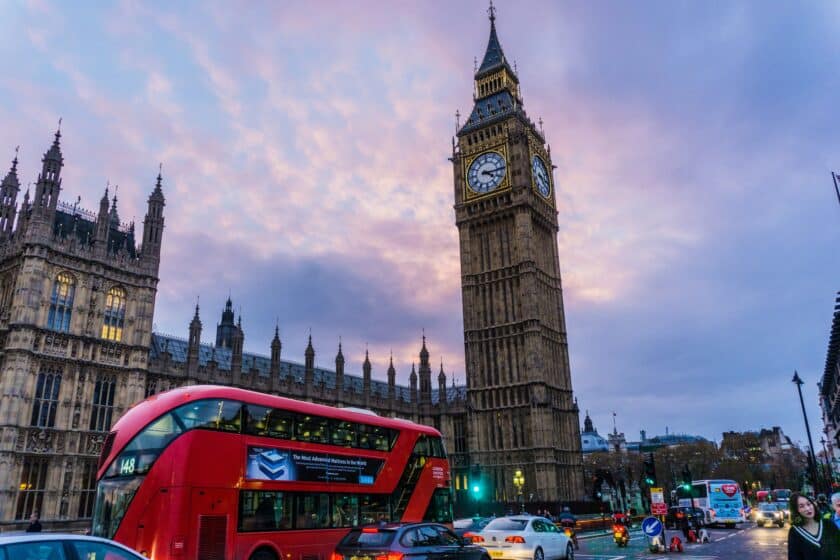Curtis Banks’ Pension Technical manager, Caitlin Southall, looks at how paraplanners can help clients navigate inheritance tax and pension planning in the face of uncertainty.
Considering the amount of talk generated before the Autumn Statement around inheritance tax (IHT), most of us were anticipating that there would be some kind of reform or changes to one of the most controversial taxes. With the general election on the horizon, cynics may argue that the driver behind the suggested changes to IHT were to get a voting ‘shot in the arm’ for the Conservatives. In reality, abolishing the tax altogether wasn’t really ever going to happen due to the £7.5bn hole it would leave in the Treasury’s pockets (that would of course need to be filled elsewhere).
IHT is currently frozen until 2028, and is proving an increasingly efficient income stream for the Government. From April to September 2023, IHT receipts totaled £3.9bn, some £400mn higher than the same period in 2022.
In the event that IHT was removed entirely as muted by some pre 22 November, this would have had a significant knock on effect to the personal pension industry. Both SIPPs and SSASs are known for flexibility and investment options, however they are also known for being a useful tax planning tool noting the ability to pass wealth to future generations in a tax efficient manner. Removing IHT would likely have a detrimental impact on the attractiveness of those products to some.
With IHT rates frozen until 2028, paraplanners may be considering other ways to mitigate their clients’ IHT exposure. SIPPs and SSASs could offer a potential route for clients to pass their pension wealth in a tax efficient manner, outside of IHT. The current rules of the 2023/2024 tax year for pension death benefits are dictated by the age that the pension member passes away:
Pre age 75:
The member’s beneficiaries won’t typically pay income tax on the money they receive assuming that death benefits are distributed within 2 years of their passing. If this deadline is not met, beneficiaries may need to pay income tax on the benefits at their marginal rate. Prior to the abolition of the lifetime allowance in April 2024, there is also a consideration in respect of any uncrystallised funds, which would need to be tested against the current lifetime allowance of £1,073,100.
Post age 75:
The member’s beneficiaries will pay income tax at their marginal rate on the pension death benefits, regardless of whether they take a lump sum or income. In the event that a lump sum is paid to a non-individual, i.e. a trust, then a flat rate of 45% tax would apply although individuals who then receive payment from the trust may be able to reclaim the 45% tax paid and pay income tax on the whole amount. Theoretically, these individuals would therefore be in the same position as if they had received a taxable lump sum directly from the pension fund.
What’s changing for pensions?
As part of the lifetime allowance abolition, a new limit has been introduced called the ‘Lump Sum and Death Benefit Allowance’ (LSDBA). In simple terms, this limits the amount of lump sums and benefits distributed on death to £1,073,100.
There was suggestion in the policy paper issued shortly after the Spring Budget that the Government were looking to tax all pension wealth passed on death. However, the recently issued Finance Bill clarified the position, confirming that the current rules for taxation on the passing of pension wealth would remain unchanged. This was positive news for pension savers, enabling them to continue to use SIPPs and SSASs as part of an effective IHT mitigation plan.
Under the new rules implemented as part of the abolition of the LTA, when the pension member passes away, any beneficiary drawdown would not be tested against the LSDBA as drawdown is not designated as being a lump sum. However, lump sum death benefits from uncrystallised or pensions crystallised after 06 April 2024 will be tested against the deceased member’s LSDBA at the point of payment. Any excess paid over and above the LSDBA would be subject to income tax at the beneficiary’s marginal rate.
If pension benefits were crystallised before 6 April 2024, lump sum death benefits from those funds won’t be tested against the LSDBA.
Despite the lack of changes to IHT announced in the Spring Budget, using a SIPP or SSAS as part of IHT mitigation planning can still be effective for some clients in order to pass pension wealth to future generations on the member’s passing.




























